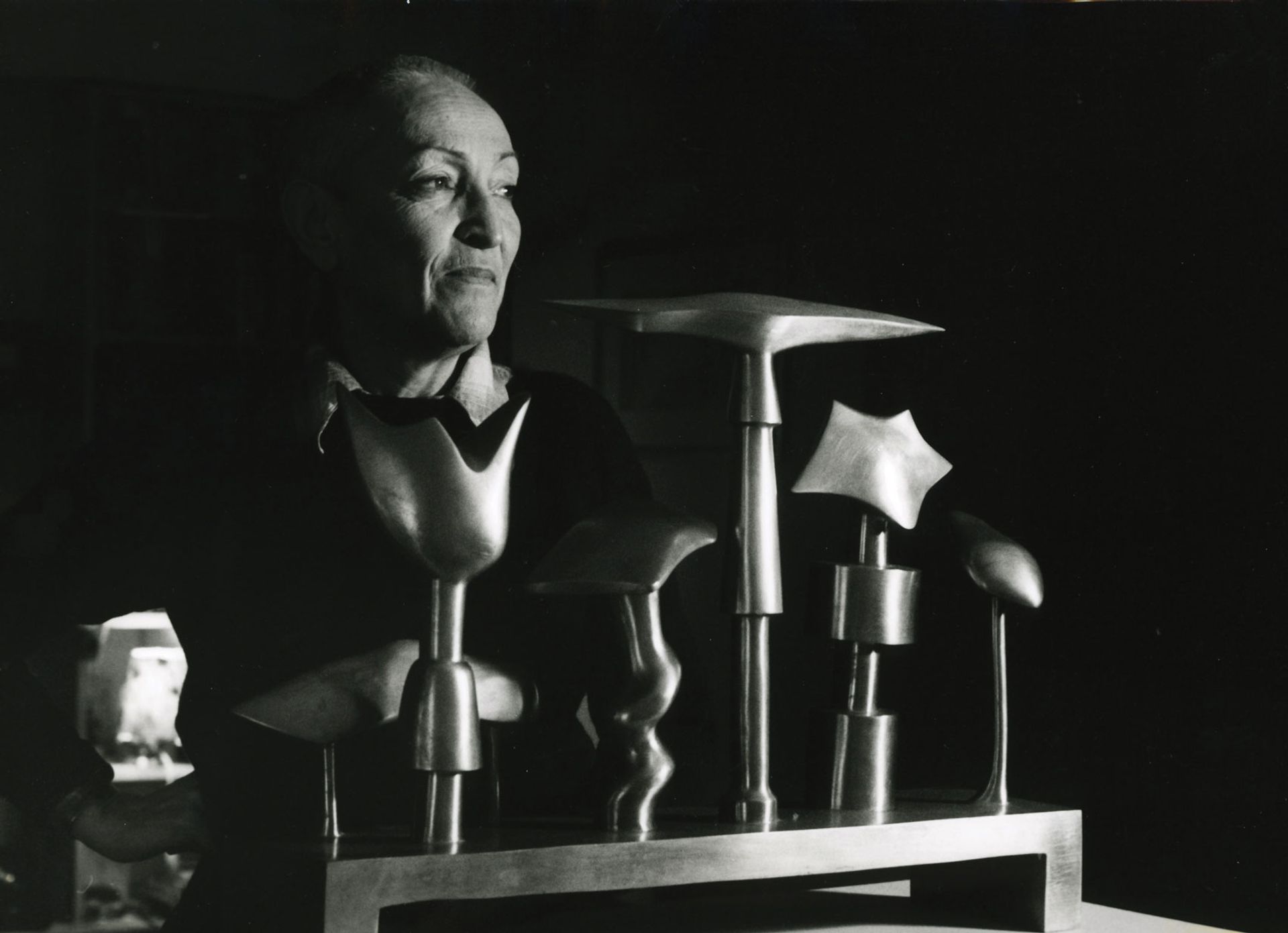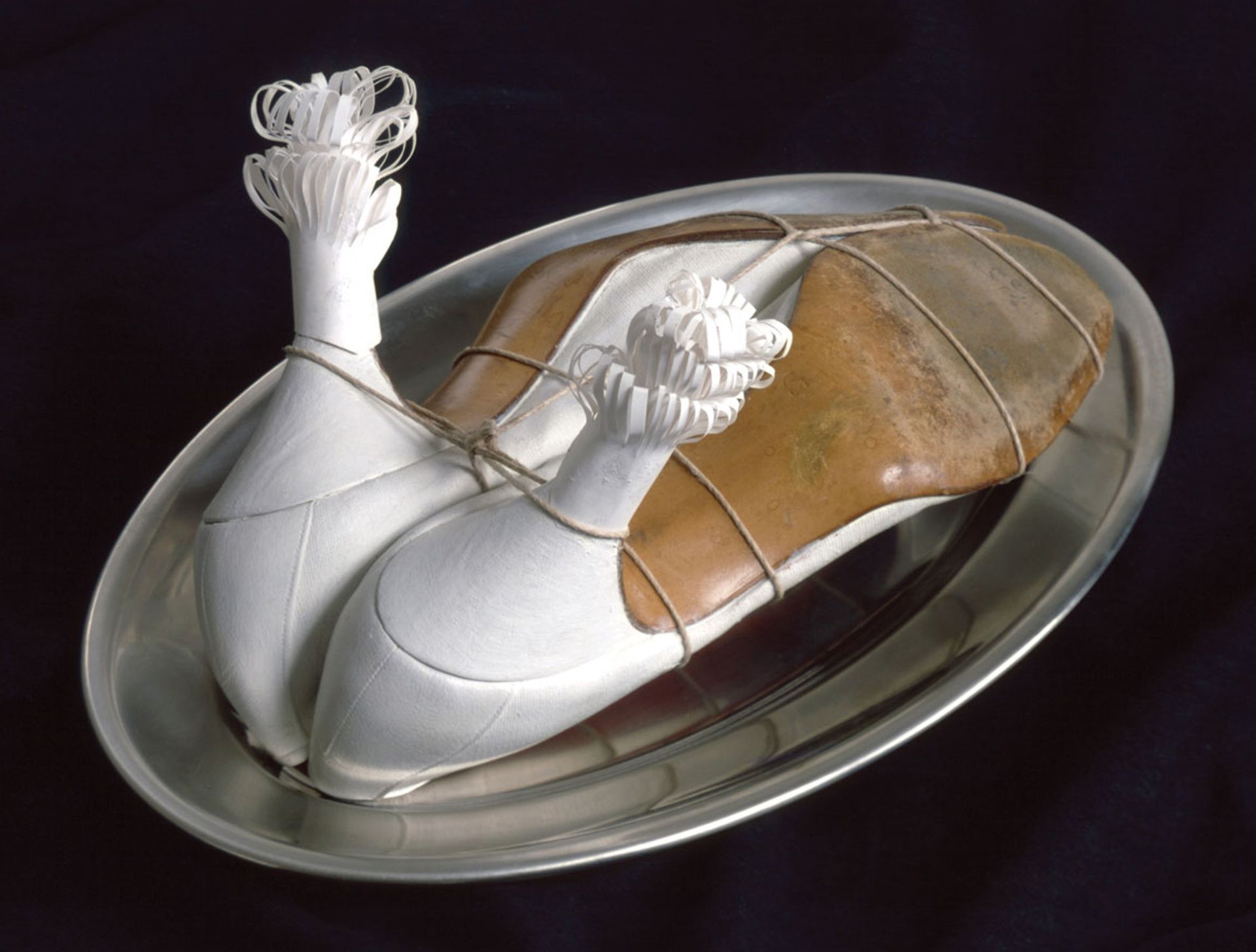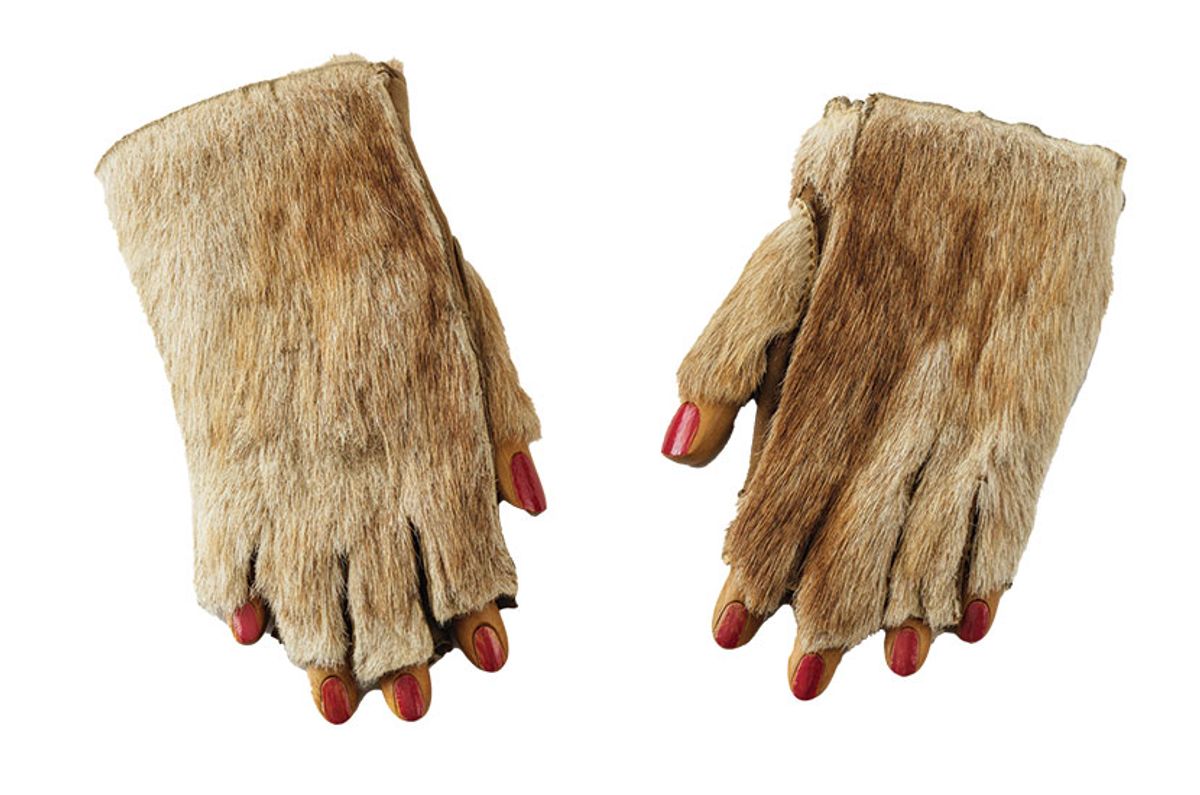“She was a victim of her own success,” says Nina Zimmer, the director of the Kunstmuseum Bern, which this month presents the first major transatlantic survey on Meret Oppenheim (1913-85). The artist and photographer is known for the archetypal Surrealist object she created in 1936 when she was barely 23: a teacup, teaspoon and saucer covered in the fur of a Chinese antelope. Whirlwind success followed after the work titled Object was snapped up by the Museum of Modern Art in New York (the only museum where it will be shown in this three-venue tour, which also calls at the Menil Collection in Houston). But who was the artist behind this witty and erotic curiosity?
Oppenheim was born in Berlin, brought up in a progressive family near Basel, and moved to Paris aged 18. Surrealism was in its heyday, and after enrolling in art classes at the Académie de la Grande Chaumière she soon found herself at the centre of a circle of mostly male artists that included Marcel Duchamp, Max Ernst and Pablo Picasso.

Meret Oppenheim in 1982 © Margrit Baumann
“With a young, beautiful woman, it’s easy to go from subject to object,” Zimmer says. “She suffered from this more than most.” Contributing to her misrepresentation as a passive muse rather than an artist in her own right are the nude photographs Man Ray took of her in 1933—photographs that appear in too many exhibitions of her work.
As an artist, she was at her best when repurposing the everyday, from a pair of gloves to kitten heels. Throughout her 50-year career, she worked across different media—drawings, paintings, collages, sculptures—and in novel styles that find affinities in movements such as Pop art and Arte Povera. There is a misconception that after creating her furry icon, Oppenheim found herself crippled by fame and unable to work. But even in the late 1930s and 1940s, though she was producing very little, she always had something on the go.

Feet first: Oppenheim's My Nurse (1936/67) Photo: Albin Dahlström; © 2021, ProLitteris, Zurich
Back in Basel, Oppenheim returned to art school. “She felt that she had lost herself somewhere in the crisis years, and she worked through it, which ultimately gave her art complexity and depth,” Zimmer says. Intent on actively shaping her public persona, in 1984 she staged the only retrospective held in her lifetime, at the Kunsthalle Bern. Meret Oppenheim: My Exhibition—named after that early retrospective—will be a sweeping survey that celebrates her voice and creative vision.
• Meret Oppenheim: My Exhibition, Kunstmuseum Bern, 22 October-13 February 2022


